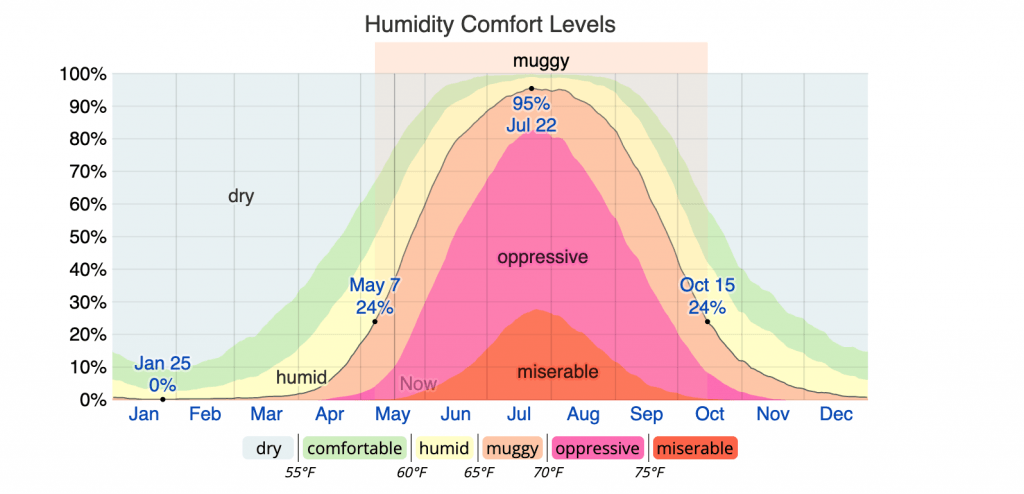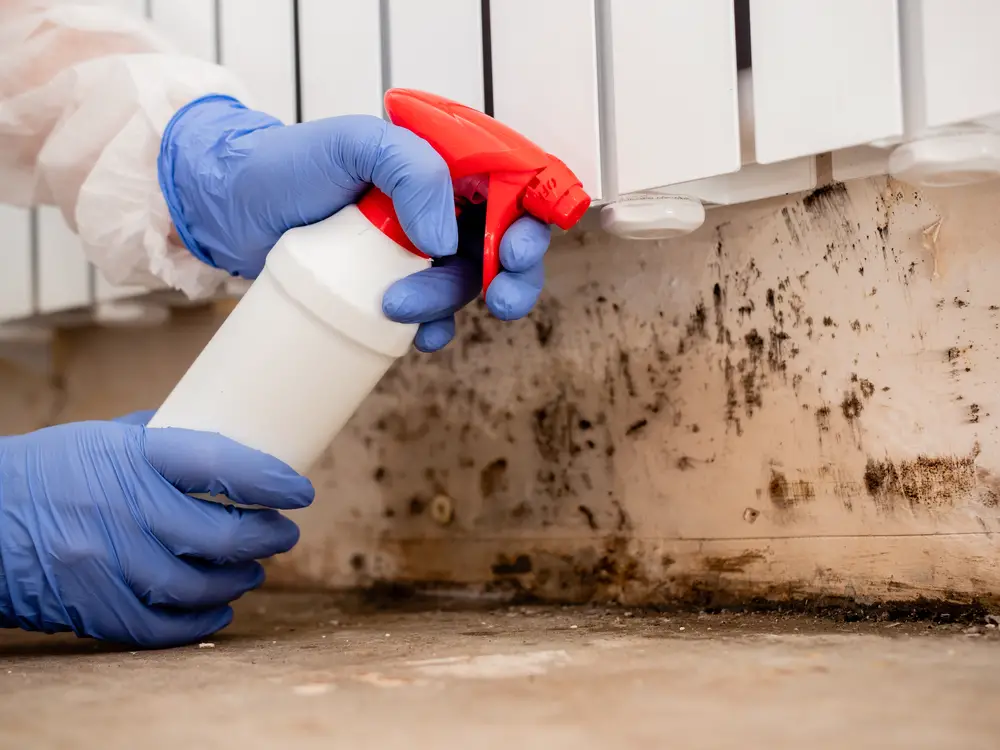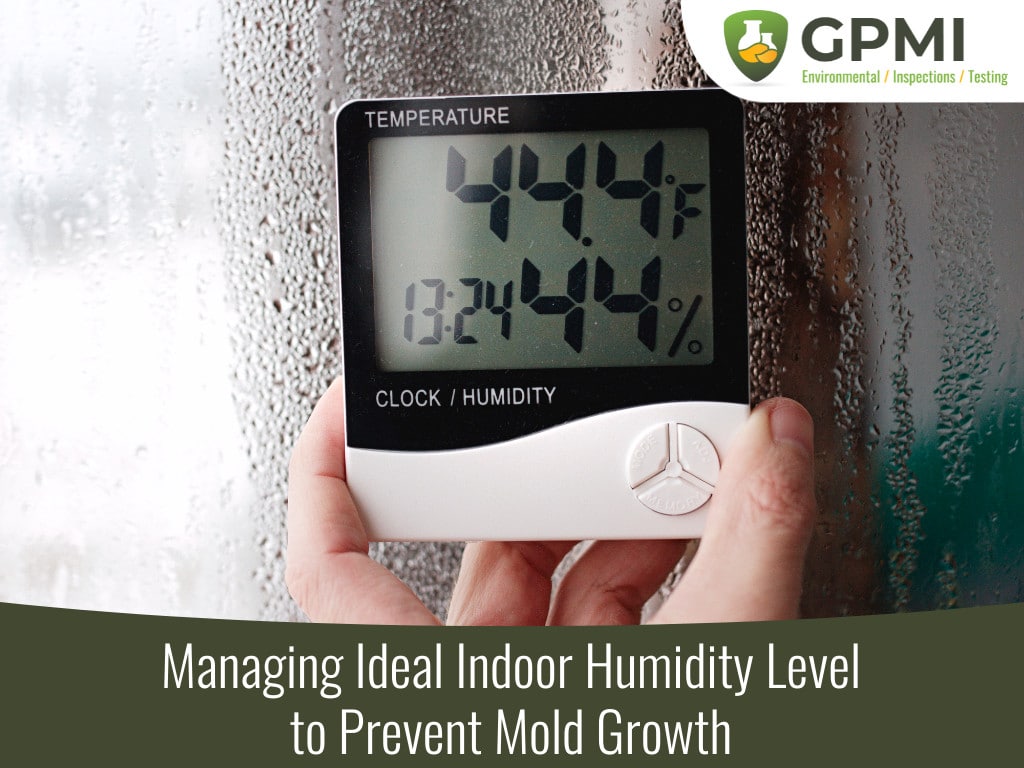You have likely come across the dreaded presence of mold in your home at some point. Not only can it cause unsightly stains and damage to your property, but it can also pose serious health risks. But have you ever wondered what humidity level is necessary to eradicate mold? In this article, we will explore the optimal humidity level for killing mold and provide practical tips to maintain a healthy and mold-free environment in your living space. So, let’s get started and find out how to bid farewell to mold once and for all!
What Humidity Level Kills Mold?

Understanding the Ideal Humidity Level
When it comes to mold growth, humidity plays a crucial role. Mold typically thrives in environments with high levels of moisture. Understanding the ideal humidity level that kills mold is essential in preventing its growth and keeping your living spaces healthy.
Humidity refers to the amount of water vapor present in the air. It is measured as a percentage, with higher percentages indicating higher levels of moisture in the air. While low humidity can cause its own set of problems such as dry skin and respiratory issues, high humidity creates a breeding ground for mold.
Conditions That Promote Mold Growth
Before delving into the ideal humidity level to combat mold, it is crucial to understand the conditions that promote its growth. Mold needs three main ingredients to thrive: moisture, a food source, and suitable temperatures. Moisture is particularly essential, as it provides the necessary environment for mold spores to germinate and grow into colonies.
Areas with excessive moisture, such as bathrooms, kitchens, basements, and areas affected by water leaks or flooding, are highly susceptible to mold growth. Furthermore, materials such as wood, drywall, and fabric can provide the nutrients mold needs to flourish. When these conditions are present, elevated humidity levels can further exacerbate the mold problem.

The Impact of Humidity on Mold Growth
Humidity directly influences mold growth because it affects the amount of moisture available in the air and on surfaces. High humidity increases the moisture content in the environment, creating an ideal setting for mold to flourish. Conversely, low humidity levels can impede mold growth, as moisture becomes less readily available.
Optimal Humidity Levels to Prevent Mold
To effectively prevent mold growth and hinder its spread, it is essential to maintain optimal humidity levels in your home or other living spaces. The ideal humidity level to inhibit mold growth falls between 30% and 50%. Humidity below 30% can be too dry, while levels exceeding 50% provide the perfect conditions for mold to thrive.
It is important to note that these recommendations may vary depending on the specific type of mold, as some species have different moisture requirements. However, maintaining humidity levels within the 30-50% range is a good general guideline to prevent mold infestation.

The Relationship Between Humidity and Mold
Understanding the relationship between humidity and mold is crucial in combating its growth. As mentioned earlier, mold requires moisture to grow and reproduce. When humidity levels rise above the recommended range, excess moisture fills the air and surfaces. This excess moisture provides the perfect breeding ground for mold spores.
By maintaining optimal humidity levels, you effectively limit the availability of moisture, slowing down or preventing mold growth. Controlling humidity is a proactive approach to mold prevention and ensures a healthier living environment.
How High Humidity Encourages Mold Growth
High humidity levels promote mold growth due to the abundance of moisture in the air and on surfaces. In such conditions, even a minor water leak or a source of constant moisture can contribute to mold infestation. Mold spores are naturally present in the air, and when they encounter these favorable conditions, they can germinate and spread rapidly.
The excess moisture not only encourages the growth of existing mold colonies but can also facilitate the formation of new ones. Mold can quickly spread to adjacent areas, causing further damage and potentially leading to health problems for residents.

The Effectiveness of Dehumidifiers in Killing Mold
Dehumidifiers are an effective tool in combating mold growth by reducing excess moisture in the air. These appliances work by extracting moisture from the environment, consequently lowering humidity levels. By maintaining humidity within the optimal range, dehumidifiers play a crucial role in inhibiting mold growth and preventing further damage.
When using a dehumidifier, it is essential to consider the size of the area you intend to dehumidify. Different dehumidifiers have different capacities, and using the appropriate size for your space ensures maximum efficiency. Additionally, regular maintenance, such as cleaning and replacing filters, is crucial for the dehumidifier to operate effectively.
Tips to Maintain the Right Humidity Level
Maintaining the right humidity level can go a long way in preventing mold growth. Here are some tips to help you keep moisture in check:
-
Ventilation: Ensure proper ventilation in your home, especially in areas prone to moisture buildup, such as bathrooms, kitchens, and laundry rooms. Good airflow can help reduce humidity levels and dissipate excess moisture.
-
Fix leaks promptly: Address any water leaks or sources of moisture as soon as you become aware of them. Prompt repairs reduce the chances of mold growth by limiting the availability of excess moisture.
-
Use exhaust fans: Install and use exhaust fans in kitchens and bathrooms to remove moisture-rich air. Run these fans for an adequate period after showering or cooking to ensure proper ventilation.
-
Monitor indoor plants: Indoor plants can release moisture into the air through transpiration. If you notice excessive humidity levels, consider reducing the number of plants or relocating them to well-ventilated areas.
-
Avoid overwatering: If you have houseplants or a garden indoors, take care not to overwater them. Ensure proper drainage and only water when necessary to avoid creating a humid environment.

Signs of Mold Growth due to High Humidity
Even with diligent humidity control, mold can sometimes thrive. It is crucial to be aware of the signs of mold growth to address the issue promptly. Some common signs include:
-
A musty odor: Mold often produces a distinct, earthy smell. If you notice a musty odor, especially in enclosed spaces, it may indicate the presence of mold colonies.
-
Visible mold growth: Obvious signs of mold include black or greenish patches on walls, ceilings, or other surfaces. Do not ignore these signs, as they indicate an active mold infestation.
-
Allergic symptoms: If you or your family members experience an increase in allergy symptoms such as coughing, sneezing, or itchy eyes, it could be a result of mold growth due to high humidity levels.
If you notice any of these signs, it is advisable to seek professional help for mold removal to ensure the problem is properly addressed and your living environment is restored to a healthy state.
Professional Help for Mold Removal
In cases where mold growth is extensive or difficult to eradicate, seeking professional help for mold removal is often the best course of action. Certified mold remediation experts have the necessary knowledge, skills, and specialized equipment to assess the extent of the mold problem and safely eliminate it.
Professional mold removal services not only provide effective mold eradication but also help identify the underlying causes of mold growth. By addressing these root causes, such as high humidity levels or water leaks, they help prevent future mold infestations and protect the well-being of your home and its occupants.
In conclusion, maintaining the appropriate humidity level is crucial in preventing mold growth. By understanding the relationship between humidity and mold, implementing effective moisture control measures, and seeking professional help when necessary, you can create a healthy living environment free from the damaging effects of mold infestation. Remember, a little humidity management goes a long way in ensuring your home remains mold-free.